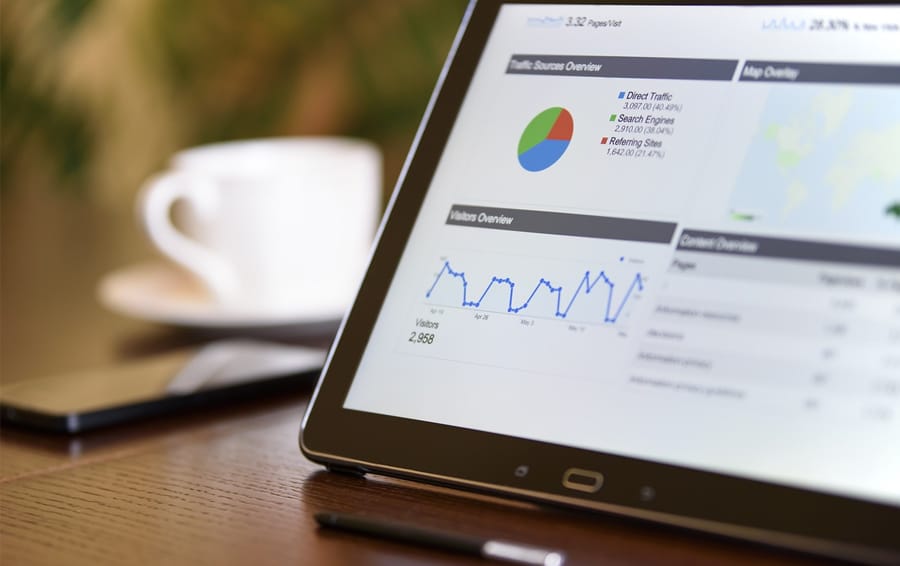The ongoing economic challenge is affecting all kinds of sectors and industries. In today’s tough business environment, where costs are continually rising, companies across various industries are looking for innovative ways to streamline operations and reduce expenses where possible.
However, through technological advancements, businesses can utilise various new tools and strategies to overcome these challenges and drive efficiencies.
Forward Solutions, is a freight management software firm, know all about supporting organisations in becoming more efficient and slicker in their operations. The company’s Managing Director, Richard Litchfield, discusses how technology can help with the continual rise in costs.
Automation and AI
“It is fair to say automation and artificial intelligence (AI) have revolutionised industries across the world, and the freight sector is no exception. Through the proper implementation of technologies, routine tasks can be automated, significantly reducing the need for manual labour in the process.
“Our own software, Forward Vision, is famous for its live-tracking abilities, giving our customers the ability to follow the progress of shipments around the world in real time. This level of data can really help transform how a business operates, allowing predictions to become much more realistic and the mapping of resources can be more adequately applied, too.
“Essentially, automation and AI can provide the user with more data to utilise and analyse, leading to quicker and more informed decision-making processes.”
Predictive Analytics
“The role of predictive analytics should not be understated. Whether helping companies to forecast demand or optimise inventory levels, a thoroughly connected organisation leads to less waste and more gain.
“By analysing past sales data, and other relevant factors, companies can make better-informed decisions about stock management, minimising the expenditures related to excess inventory and avoiding lost sales due to stock being unavailable. When correctly utilised, the use of predictive analytics in the supply chain can lead to a reduction in inventory costs of up to 15%.
“Again, this is an area where more information, provided through technology, can help with predicting shipment arrivals, further lowering the associated costs when it comes to dealing with inbound logistics.”
System Integration
“In the complex world of supply chain management, it is imperative to have seamless integration between various systems and technologies, in place.
“While the potential benefits of technology in reducing costs and optimising operations are clear, organisations often face challenges when adopting new technologies. We know, from having onboarded hundreds of customers over the years, that there needs to be a thorough and clear process in place, to ensure processes and systems are accurately captured. Otherwise the technology that is designed to help, could instead hinder a business and its operations.
“By investing in the right technology solutions, businesses can achieve substantial cost savings and increased efficiency. Moreover, technology can open up opportunities for creating additional value-added services and revenue streams that simply were not there beforehand.”
Technology, where appropriately utilised, can be a powerful ally for companies in the face of rising costs. Through automation, AI, predictive analytics, and system integration, the freight industry can streamline operations, optimise efficiency, and unlock new opportunities for company growth. Fully embracing technology is not just an option but a necessity for businesses striving to thrive in today’s dynamic and competitive landscape.






